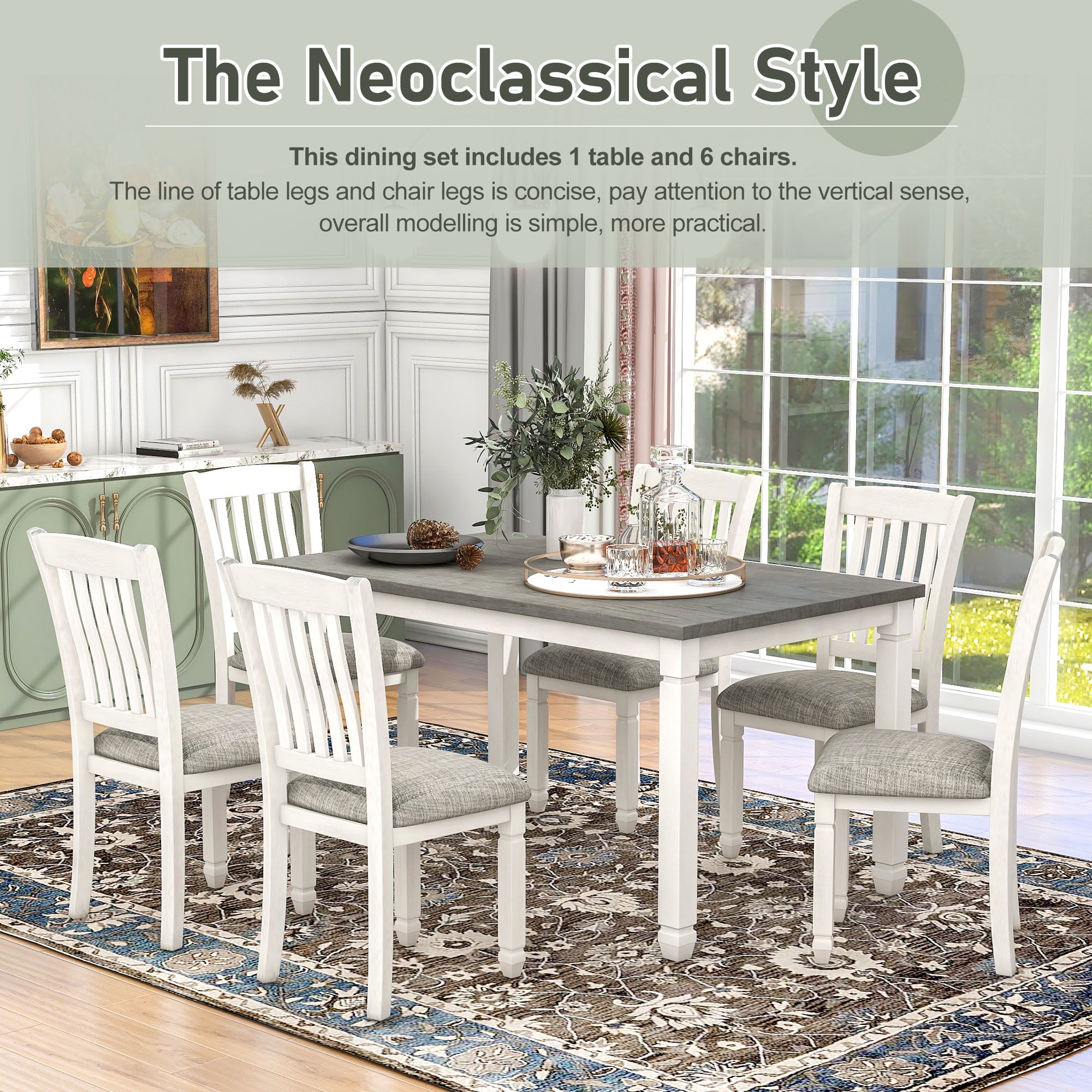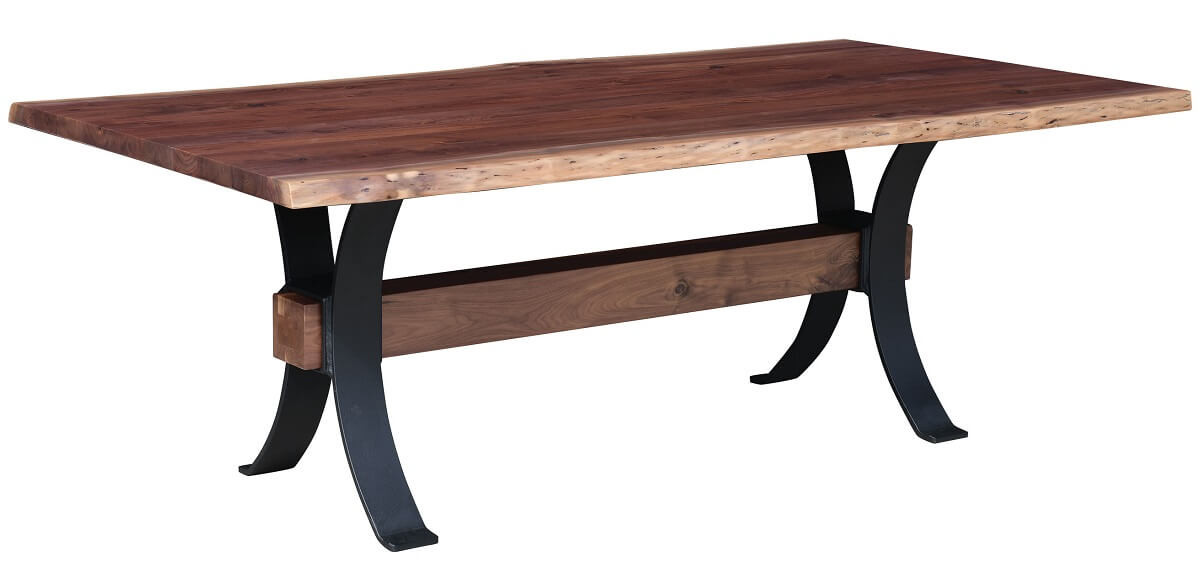How the Right Dining Room Table Legs Can Complete Your Dining Room Look
How the Right Dining Room Table Legs Can Complete Your Dining Room Look
Blog Article
From Conventional to Modern: Locate the Suitable Dining-room Table Legs for Your Style
The option of dining area table legs plays an essential role in defining the overall character of your room, bridging the void between conventional workmanship and contemporary appearances. While traditional designs such as cabriole and turned legs stimulate a sense of timeless sophistication, modern designs like hairpin and geometric alternatives provide a possibility for striking visual interest. Examining the best equilibrium between these styles calls for a nuanced understanding of your existing décor and individual taste. As you consider these components, the question continues to be: exactly how can you flawlessly integrate these varied leg designs to produce an unified eating experience?
Understanding Table Leg Styles
The range of dining space table leg designs can substantially influence both the appearances and functionality of the room. Each leg style adds special aesthetic aspects and functional attributes, satisfying diverse style preferences and usage requirements. Understanding these styles is important for choosing the best dining table that straightens with your overall interior design vision.
For example, conical legs use a tidy, traditional look that can enhance a room's style, while stand bases give security and take full advantage of legroom, making them optimal for smaller areas. Hairpin legs, a hallmark of mid-century modern-day style, introduce a commercial flair, enabling for an airy, open feeling. Trestle legs stimulate rustic beauty, supplying robust assistance and a feeling of eternity.
Additionally, the choice of products plays a significant duty. Wood legs can bring warmth and structure, whereas metal choices typically share a streamlined, contemporary ambiance. Inevitably, recognizing table leg styles is important for developing a natural dining area that mirrors individual style while guaranteeing practicality and convenience. By thoughtfully thinking about these elements, you can enhance both the functional and aesthetic allure of your eating space.
Standard Table Leg Options
When picking dining-room table legs, standard alternatives frequently embody classic beauty and craftsmanship. These styles reflect a rich heritage and a dedication to top quality, making them ideal for those who value timeless aesthetic appeals.
Among one of the most legendary typical leg styles is the cabriole leg, characterized by its stylish rounded shape. This style often features decorative makings and is most commonly found in Queen Anne and Chippendale furniture. One more prominent choice is the turned leg, which boasts a series of smooth, rounded forms that give a timeless appearance while keeping security.
Furthermore, the straight leg, while simple, offers a sturdy and unadorned framework that can mix effortlessly with a range of tabletop styles. For those drawn to ornate outlining, claw-and-ball feet legs evoke a feeling of grandeur and can act as a magnificent prime focus in any type of dining space.
Finally, stand bases, although not strictly legs, provide a different standard choice that enables adequate legroom and can be magnificently carved. Each of these typical leg styles adds to the total setting of an eating space, weding feature with aesthetic appeal.

Modern Table Leg Styles
Modern table leg designs supply a diverse variety of designs that emphasize ingenious materials and tidy lines. These designs often focus on functionality while serving as striking centerpieces within an eating area. Minimal aesthetic appeals prevail, with legs crafted from materials such as steel, glass, and engineered wood, which add to a modern and airy feeling.
One popular style is the barrette leg, identified by its slender, tapered framework that provides stability without overwhelming the table top (dining room table legs). This design is frequently located in mid-century modern furniture and can effortlessly enhance various table forms. An additional trend is the use of geometric forms, where legs may handle unbalanced or angular kinds, adding visual rate of interest and a touch of creativity

Blending Styles for One-of-a-kind Areas
Often, property owners seek to develop one-of-a-kind eating rooms that mirror their individual style by mixing numerous style components. This technique permits the unification of diverse appearances, resulting in a harmonious yet unique setting. For instance, coupling a rustic wood table with smooth, modern-day metal legs can develop a captivating contrast that raises the room's overall appeal.
Furthermore, incorporating vintage table legs with contemporary table tops can stimulate a feeling of background while maintaining a modern perceptiveness. Such combinations not only read the article display private taste his response however also urge imagination, permitting home owners to curate a space that feels both personal and inviting.
Color plays a critical duty in this mixing process; choosing table legs that enhance or contrast with the existing color design can enhance visual interest. Whitewashed legs can soften the daring of a dark table surface, creating a balanced visual.
Tips for Choosing the Right Legs
Picking the right table legs is important for attaining both capability and aesthetic charm in your dining space. Begin by taking into consideration the general design of your space. Conventional settings gain from legs that feature elaborate carvings or turned layouts, while modern areas might require sleek, minimalist styles.
Next, assess the height and stability of the legs. dining room table legs. Typical table vary between 28 to 30 inches in height, so ensure the legs enhance this measurement for comfort. Furthermore, durable products, such as wood or steel, can boost security and durability
Assess the leg form as well-- options consist of right, tapered, or pedestal styles. Straight legs provide a traditional appearance, while conical legs can include a touch of elegance. Pedestal bases give adequate legroom and are ideal for smaller spaces.
Final Thought
In summary, picking the ideal eating room table legs calls for careful consideration of both typical and modern-day styles. By harmonizing leg design, elevation, and product with the general design, a cohesive and welcoming ambience can be attained.
The selection of dining area table leg styles can considerably affect both the appearances and performance of the area. Inevitably, recognizing table leg styles is vital for developing a cohesive dining area that mirrors personal style while guaranteeing functionality and convenience.One of the most renowned traditional leg designs is the cabriole leg, defined by its graceful curved shape. Straight legs supply a classic appearance, while tapered legs can add a touch of style.In summary, selecting the optimal eating space table legs calls for mindful consideration of both traditional and modern-day designs.
Report this page